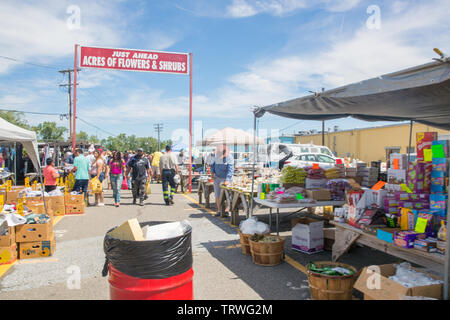

SCHOOLSColumbus (zip 08022) public schools spend $15,401 per student. Home appreciation the last 10 years has been 15.6%. REAL ESTATEThe median home cost in Columbus (zip 08022) is. TRANSPORTATIONAverage Commute time is 31.4 minutes. Since 2020, it has had a population growth of 4.9%. POPULATIONColumbus (zip 08022)'s population is 9,210 people. VOTINGIn the last Presidential election, Burlington county remained very strongly Democratic, 58.9% to 39.3%.
#Columbus market in columbus new jersey zip
WEATHER & CLIMATESeptember, June and May are the most pleasant months in the 08022 zip code, while January and February are the least comfortable months. More Cost of Living or Compare Columbus (zip 08022)'s Cost of Living More EconomyĬOST OF LIVINGCompared to the rest of the country, Columbus (zip 08022)'s cost of living is 10.7% higher than the U.S. Columbus (zip 08022) jobs have increased by 0.3%. Coastal storms produce heavy snowfalls every few years.ĮCONOMYThe unemployment rate in Columbus (zip 08022) is 6.4% (U.S. Snowfall is more abundant in the northern suburbs, while precipitation may arrive as rain rather than snow within the city. Precipitation is fairly evenly distributed throughout the year, with maximum amounts in late summer as thunderstorms.

In summer, high humidity can add discomfort to seasonably warm temperatures, while stagnant maritime air can engulf the area. Weather is variable and extreme temperatures seldom last for more than 3 or 4 days. The Appalachian Mountains to the west and the Atlantic Ocean to the east moderate the otherwise continental climate. Rolling, hilly countryside stretches to the north and west. The downtown area is in a broad, flat valley. The outstanding cultural amenities, cost of living, and central East Coast location make Philly attractive and a good value overall. However, the Cost of Living Index is low by regional standards, especially for an East Coast city. Violent crime is high and summers can be uncomfortably warm and humid. While employment has been fairly steady, future job-growth projections are low. Areas of New Jersey across the Susquehanna, particularly Camden, are mostly industrial. Although not known for steel production like many of its Pennsylvania neighbors, the area is a center for several industries, most notably the chemical industry and financial services. Transportation services, both within the metro area and between Philly and other places, are generally excellent the Philadelphia International Airport is less crowded than most and served well by discount carriers. To the north, the suburbs of Hatboro, Warminster, and Doylestown along former Reading Railroad lines offer good residential values as well. Some of Philly’s growth has also extended northwest to formerly placid areas like Valley Forge, with a mix of commercial and residential development resulting in some sprawl issues, but these areas are more attractive than comparable rapid-growth areas in other cities. Some towns off of the line, like West Chester and areas south towards the Delaware border are very livable with considerable local and nearby employment, excellent schools and family amenities. These towns and many nearby have considerable historic interest, attractive topography and excellent housing values- especially compared to other Northeastern cities. These suburbs line the tracks west into suburban towns like Paoli, Malvern and Exton. These have spacious, shady neighborhoods with historic homes situated around small-town cores and railroad stations. Some of the best older suburbs lie along the old Pennsylvania Railroad “Main Line” running to the west. South Philadelphia has a mainly immigrant, working-class population, while North Philadelphia and areas west of University Park are rough and somewhat rundown. Some of the city’s strong traditions, such as its major-league sports teams and Philly cheesesteaks, are nationally famous. With these two schools and nearby Temple University and Villanova, the area offers more than its share of quality higher education. Large Fairmount Park contains many of the area’s museums and historic buildings.Īcross the Schuylkill in University Park, a college town within the city, are the University of Pennsylvania and Drexel University. city with a mix of old and new structures. The majority of the land between the historic district and the Schuylkill River to the west resembles a typical large U.S. Today the modern downtown is adjacent to a large historic district, anchored by Independence Hall and the waterfront. In the late 17th century, William Penn laid out the city on a grid, one of the nation’s first.
#Columbus market in columbus new jersey full
“Philly” offers a full set of big-city amenities comparable to those of most major cities.


 0 kommentar(er)
0 kommentar(er)
